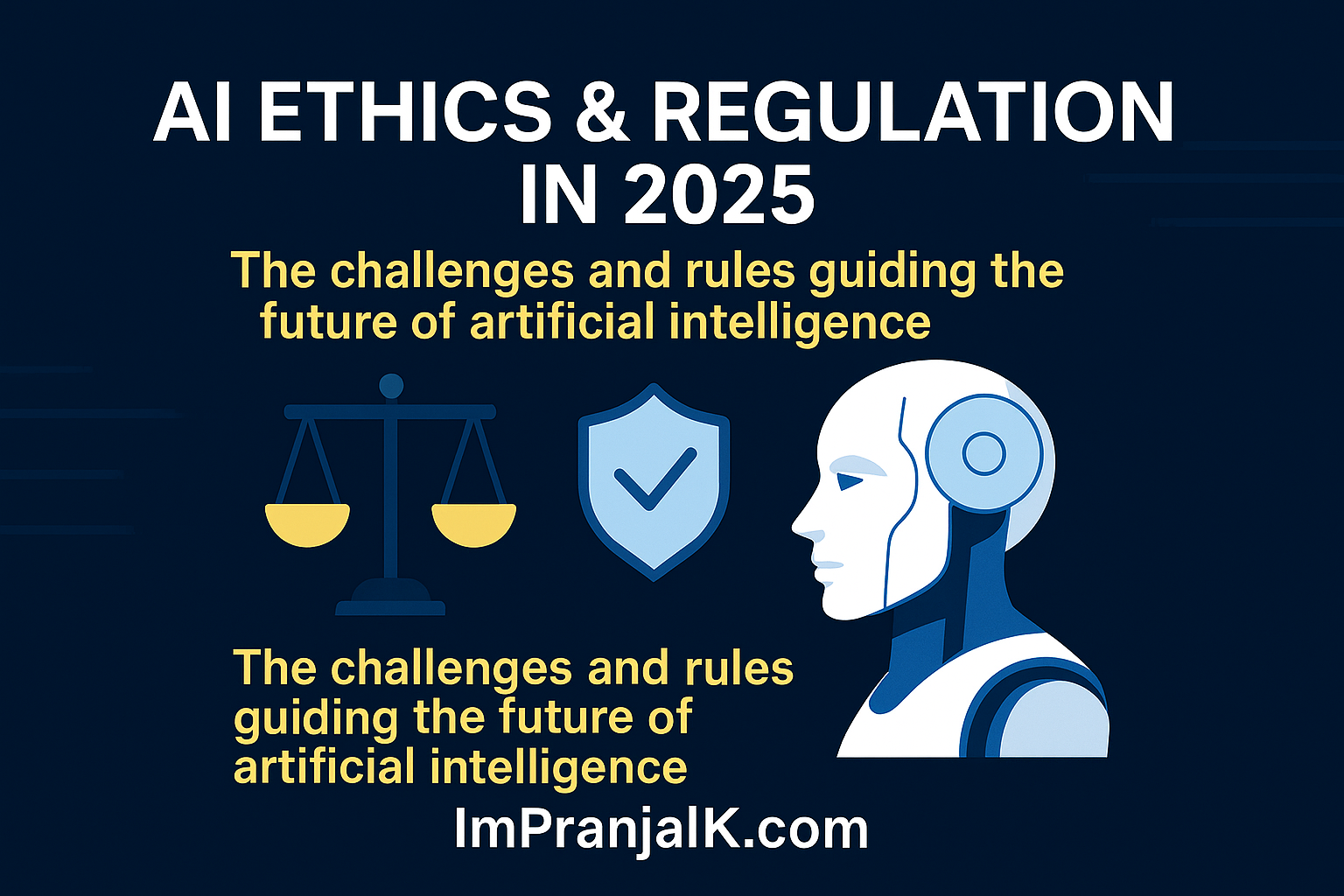In 2025, software development is undergoing a revolutionary change — welcome to the era of Vibe Coding. This innovative approach lets you build software simply by describing what you want in natural language, like talking to a smart assistant. No complicated syntax, no lines of manual coding — just clear instructions and AI does the rest.
If you’re a developer, startup founder, or even a non-technical enthusiast curious about coding, vibe coding could transform how you create software. Let’s explore what vibe coding is, why it matters, and how it’s shaping the future of programming.
What is Vibe Coding?
Vibe Coding means writing software by explaining your requirements in plain English (or your preferred language), and using AI-powered tools to automatically generate the code for you. Instead of writing traditional code line-by-line, you simply describe the “vibe” or essence of what you want your app or feature to do.
For example, you might say:
“Create a login page with email and password fields, and send a verification email upon registration.”
An AI engine understands this prompt and generates the underlying code — frontend, backend, or both — that makes this functionality work.
Why is Vibe Coding Trending Now?
Several factors are driving the rise of vibe coding:
- Advanced AI Language Models: Models like OpenAI’s GPT, Anthropic’s Claude, and Google’s Gemini can understand and generate code from natural language prompts with impressive accuracy.
- Accessibility: Vibe coding lowers barriers to software development, making it possible for people without traditional coding skills to build apps and automate tasks.
- Speed & Efficiency: Developers save time by focusing on ideas and user experience, while AI handles the boilerplate and repetitive coding.
- Creative Freedom: By reducing syntax headaches, vibe coding frees developers to innovate and experiment faster.
These trends align with the broader AI revolution of 2025, where generative AI and Generative Engine Optimization (GEO) techniques are fine-tuning prompt engineering for better, faster code generation.
How Does Vibe Coding Work?
Here’s a simplified process of vibe coding:
- Write a Natural Language Prompt: You describe the desired functionality or feature in plain language.
- AI Model Parses the Prompt: The AI interprets your instructions, understanding the intent, UI elements, workflows, and logic.
- Code Generation: The AI generates clean, executable code snippets or entire modules matching your prompt.
- Review & Iterate: You test the generated code, provide feedback or add new prompts to refine the output.
- Integration & Deployment: Once satisfied, the code is integrated into your project and deployed.
Popular Tools for Vibe Coding in 2025
The vibe coding wave has sparked new AI tools and IDE integrations:
- Cursor: An AI-powered coding assistant that lets you write and generate code via natural language inside your editor.
- Replit AI: A collaborative platform with built-in AI that generates code based on your prompts, useful for prototypes and small apps.
- GitHub Copilot: Powered by OpenAI, it predicts code based on comments and partial code, bridging vibe coding and traditional development.
- Claude: Anthropic’s AI assistant helps create code by understanding detailed natural language descriptions.
Benefits of Vibe Coding
- Democratizes Software Development: Anyone with an idea can build apps, regardless of programming expertise.
- Accelerates Development Cycles: Rapid prototyping and code generation speed up time-to-market.
- Reduces Errors: AI generates standard, tested code snippets minimizing common coding mistakes.
- Encourages Collaboration: Non-technical stakeholders can participate in defining app features through clear language.
Challenges & Ethical Considerations
- Code Quality & Security: AI-generated code may need careful review to ensure it meets security and performance standards.
- Skill Development: Relying solely on AI might reduce opportunities to learn fundamental coding skills.
- Intellectual Property: Questions arise about ownership and licensing of AI-generated code.
- Job Impact: Automation may shift developer roles but also creates opportunities for AI oversight and prompt engineering.
How to Get Started with Vibe Coding?
- Experiment with AI Coding Assistants: Try GitHub Copilot or Cursor to see AI-assisted coding in action.
- Learn Prompt Engineering: Craft clear, concise prompts to get accurate code generation.
- Combine with Traditional Coding: Use vibe coding for rapid prototyping, then refine with manual coding.
- Stay Updated: Follow AI and software dev blogs covering vibe coding trends and new tools.
The Future of Software Development is Conversational
Vibe coding represents the future — where programming becomes more conversational and intuitive. It’s a game-changer for startups, solo founders, and teams wanting to innovate fast without heavy coding overhead.
By embracing vibe coding alongside Generative Engine Optimization (GEO) techniques, developers can leverage AI’s full potential to build smarter, faster, and more inclusive software.
Final Thoughts
Vibe coding is still evolving but holds massive promise. It’s essential to balance AI automation with human creativity and responsibility. As AI continues to learn and improve, natural language software development will become an essential skill and a core part of modern tech workflows.
Ready to ride the vibe coding wave? Start experimenting with AI tools today and turn your ideas into reality — simply by telling your code what to do.


